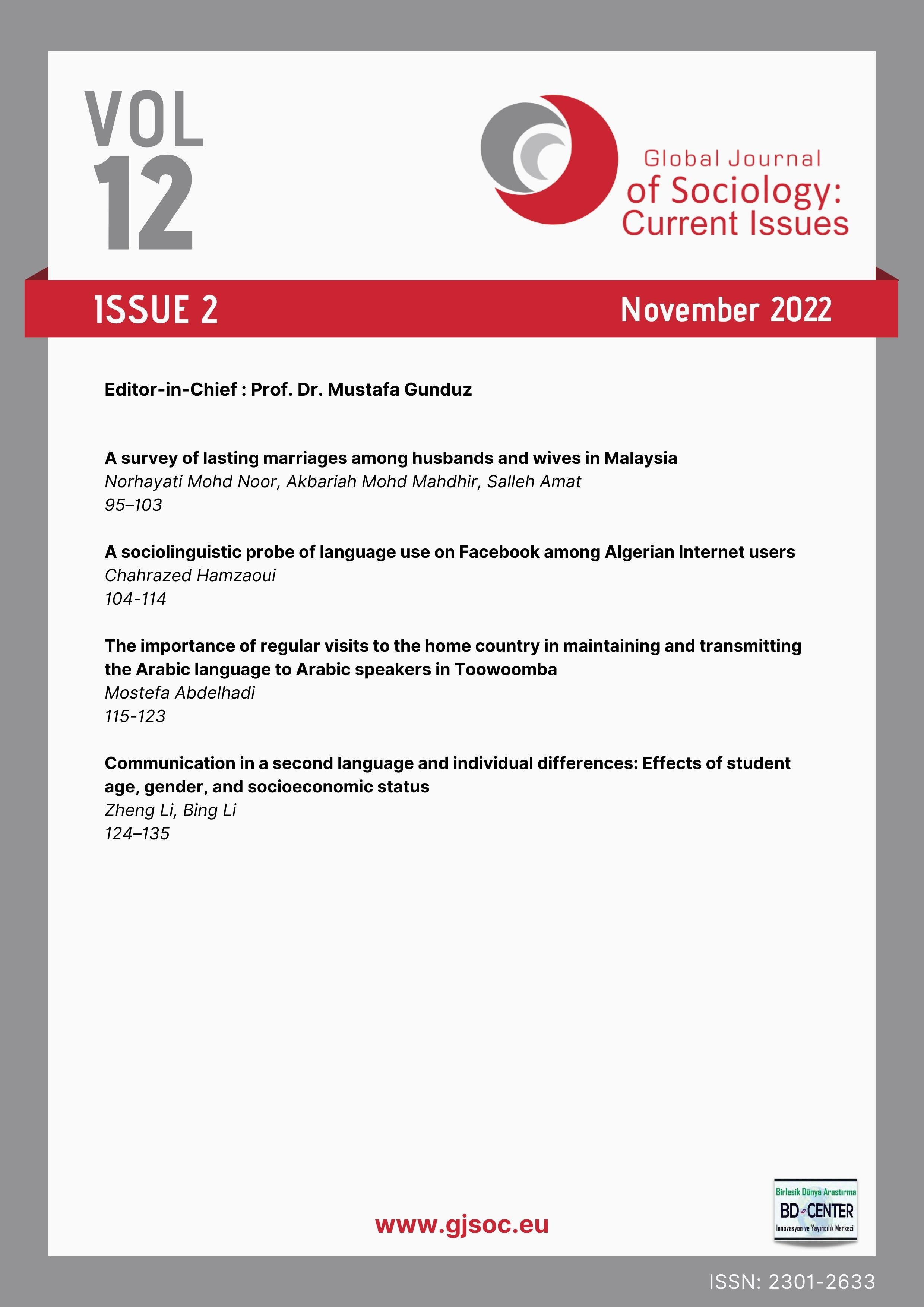Communication in a second language and individual differences: Effects of student age, gender, and socioeconomic status
Main Article Content
Abstract
It has been widely argued that willingness to communicate (WTC) in a second language (L2) is a dual construct of the learner’s trait and state. This study aimed to explore the relationships between trait-level antecedents (students’ demographic features) and their L2 WTC. A sample of 1,502 university students was recruited to participate in this study. Data on their age, gender, and family socioeconomic status (SES) were collected. A questionnaire of L2 WTC was adopted to measure the participants’ WTC in meaning-focused activities and WTC in form-focused activities. A path model was tested via structural equation modelling, and significant relationships between student demographic features (age, gender, and SES) and L2 WTC were observed. The major findings were that male students had higher WTC in meaning-focused activities, but female students showed higher WTC in form-focused activities, and student age was negatively related to WTC in meaning-focused activities.
Keywords: Willingness to communicate, second language acquisition, demographic feature, higher education;
Downloads
Article Details
- Authors retain copyright and grant the journal right of first publication with the work simultaneously licensed under a Creative Commons Attribution License that allows others to share the work with an acknowledgement of the work's authorship and initial publication in this journal.
- Authors are able to enter into separate, additional contractual arrangements for the non-exclusive distribution of the journal's published version of the work (e.g., post it to an institutional repository or publish it in a book), with an acknowledgement of its initial publication in this journal.
- Authors are permitted and encouraged to post their work online (e.g., in institutional repositories or on their website) prior to and during the submission process, as it can lead to productive exchanges, as well as earlier and greater citation of published work (See The Effect of Open Access).
